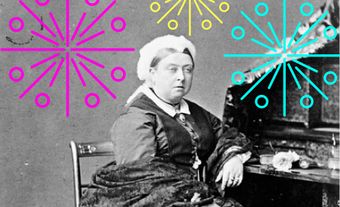Memorial Day (also known as Commemoration Day) is a statutory holiday observed on July 1 in Newfoundland and Labrador (see Provincial and Territorial Holidays). It began as an observance of the virtual annihilation of the Newfoundland Regiment at Beaumont-Hamel on 1 July 1916 in the opening phases of the disastrous Battle of the Somme.

On 1 July 1916, the Newfoundland Regiment was devastated at the Battle of Beaumont-Hamel. Of about 800 men of the regiment who advanced against entrenched German positions, fewer than 70 were able to make it to roll call the following day. Few Newfoundland communities were untouched by this tragedy.
A shocked British colony held a memorial service on 1 July 1917 honouring the sacrifices at Beaumont-Hamel. By 1919, it had become a regular event. It was formalized in 1920 with the Commemoration Day Act, which designated the first Sunday in July to acknowledge the deeds and sacrifices of Newfoundlanders who participated in the First World War. This practice remained until Confederation, when the day was observed along with Dominion Day (Canada Day) on July 1.
Did you know?
While the red poppy is widely considered the symbol of remembrance, people in Newfoundland and Labrador often wear blue forget-me-nots on Memorial Day.

In 1990, the provincial legislature amended the Commemoration Day Act, making the Sunday nearest July 1 the date of observance. More recently, however, popular sentiment has restored July 1 as the day to be observed as Memorial Day. The occasion is marked by public ceremonies at the Newfoundland War Memorial in St. John's.
To avoid a conflict between the two commemorations, the morning of July 1 is dedicated to Memorial Day and the afternoon to Canada Day. Memorial Day is observed in addition to Remembrance Day in November.

 Share on Facebook
Share on Facebook Share on X
Share on X Share by Email
Share by Email Share on Google Classroom
Share on Google Classroom


